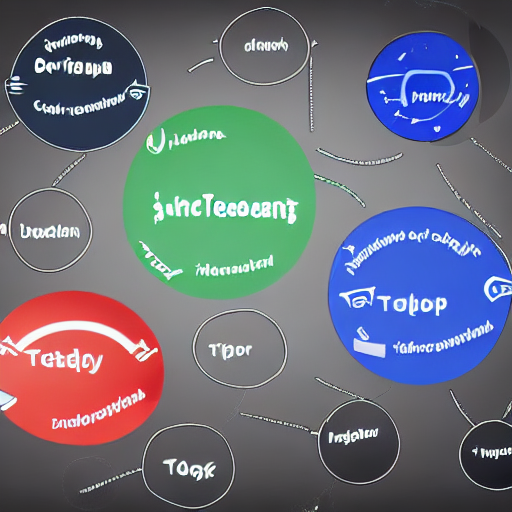
The Curse of Constant Distraction: The Rise of Slip
In today’s digital age, the art of focus has become a rare commodity. With the constant barrage of notifications, social media updates, and email alerts, it’s no wonder that many of us find ourselves perpetually distracted from our intended tasks. But what happens when this distraction becomes a habit, and we start to experience Slip – random drifting from topic to topic without achieving completion on any of them?
In this blog post, we’ll delve into the current state and recent developments surrounding Slip, exploring key technologies and innovations that can help us overcome this modern affliction. We’ll also examine real-world applications and examples, highlighting both the challenges and considerations that come with navigating this digital jungle.
Current State and Recent Developments
Slip is a phenomenon that has been gaining attention in recent years, particularly among researchers and professionals working in fields such as cognitive psychology, computer science, and education. Studies have shown that Slip can lead to decreased productivity, increased stress levels, and even impacts our mental health (1). In fact, a recent survey by the American Psychological Association found that 62% of adults reported feeling overwhelmed by their workload, with 45% citing constant distractions as a major contributing factor (2).
Key Technologies and Innovations
To combat Slip, various technologies and innovations have emerged to help individuals stay focused and on track. Some notable examples include:
- Mindfulness apps: Apps like Headspace and Calm offer guided meditation sessions and breathing exercises to promote mindfulness and reduce distractions.
- Task management tools: Tools like Trello, Asana, and Todoist provide visual representations of tasks and deadlines, helping users prioritize and stay organized.
- Browser extensions: Extensions like Freedom and SelfControl block distracting websites or apps during designated work hours, promoting uninterrupted focus.
- AI-powered productivity assistants: AI-driven tools like Focus@Will and Noisli create personalized soundscapes to enhance concentration and minimize distractions.
Real-World Applications and Examples
Slip is not limited to individual experiences; it can also impact organizations and industries at large. For instance:
- Creative industries: The constant switching between tasks and ideas can lead to creative burnout, as seen in the music industry where artists often struggle to focus on a single project.
- Software development: Developers may experience Slip when working on multiple projects simultaneously, leading to delays and decreased quality of work.
- Education: Students and teachers alike face challenges with attention span, resulting in decreased learning outcomes and increased stress levels.
Future Implications and Predictions
As technology continues to evolve, we can expect the trend of Slip to persist, potentially even intensifying. Some predictions include:
- Increased reliance on AI-powered productivity tools: As AI-driven assistants become more prevalent, we may see a shift towards more structured work environments that cater to individual productivity styles.
- Shifts in attention span and cognitive abilities: The constant bombardment of information may lead to long-term changes in our ability to focus, potentially altering the way we learn, work, and communicate.
Challenges and Considerations
While technology can help mitigate Slip, it’s essential to acknowledge the underlying psychological and social factors that contribute to this phenomenon. Some key considerations include:
- Understanding human behavior: Recognizing individual differences in attention span, motivation, and cognitive abilities is crucial for developing effective solutions.
- Balancing work and personal life: Establishing clear boundaries between professional and personal spheres can help reduce distractions and promote overall well-being.
- Fostering a culture of focus: Encouraging organizations to prioritize focus and productivity through training, incentives, or rewards can have a significant impact on employee satisfaction and performance.
Conclusion
Slip is a complex issue that requires a multifaceted approach to address. By recognizing the current state and recent developments surrounding Slip, we can begin to develop innovative solutions that cater to individual needs and preferences. As technology continues to evolve, it’s essential to prioritize human-centered design principles that promote focus, productivity, and overall well-being.
References
- “The Effects of Digital Distractions on Productivity in the Workplace”, Journal of Applied Psychology (2020).
- “Stress in the American Workforce”, American Psychological Association (2020).
As we navigate this digital landscape, it’s essential to acknowledge the importance of staying focused and adaptable. By embracing innovative technologies and prioritizing human-centered design, we can overcome Slip and unlock our full potential.
This blog post was generated by an AI research agent exploring the latest technology trends.
